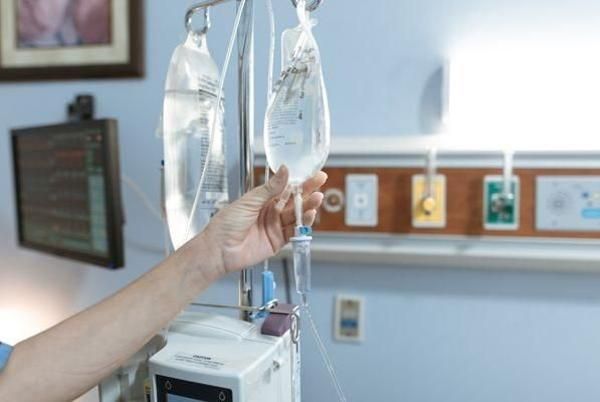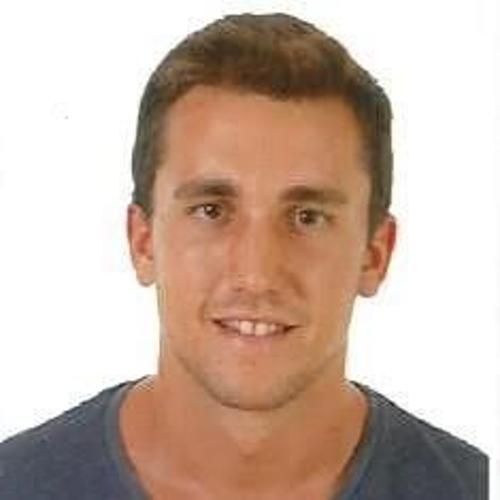Enfermería y Fisioterapia
Departamento
ALBERTO
MARIN GALINDO
Investigador Predoctoral Plan Estatal FPU
Publicaciones en las que colabora con ALBERTO MARIN GALINDO (35)
2024
-
Characteristics of High-Intensity Interval Training Influence Anthropometrics, Glycemic Control, and Cardiorespiratory Fitness in Type 2 Diabetes Mellitus: A Systematic Review and Meta-Analysis of Randomized Controlled Trials
Sports Medicine
-
INFLUENCE OF MUSCULAR STRENGTH AND MEDITERRANEAN DIET ON CARDIOMETABOLIC RISK FACTORS IN YOUNG ADULTS
BEING SEA-EU Conference
-
The effects of aerobic exercise and diet on glycemic control in people with type 2 diabetes mellitus: A randomized controlled trial
29th Annual Congress of the European College of Sport Science
2023
-
Asociación entre marcadores inflamatorios y condición física en pacientes con diabetes mellitus tipo 2
Exercise, biomechanics and Nutrition
-
Asociación entre valores de fuerza manual y capacidad cardiorrespiratoria en pacientes con diabetes mellitus tipo 2
Exercise, biomechanics and Nutrition
-
Association between HbA1c and cardiovascular risk factors in adults with type 2 diabetes: The EDUGUTION/APETEX project.
2nd Edition of the international Congress " Exercise, biomechanics and Nutrition"
-
Comparasion of glycosylated haemoglobin after a training program and nutritional education in type 2 diabetes mellitus
2nd Edition of the international Congress " Exercise, biomechanics and Nutrition"
-
Comparison of a 12-week exercise protocol of hiit vs. mict on cardiorespiratory fitness and glycosylated hemoglobin in type 2 diabetics
28th Annual Congress of the European College of Sport Scienc
-
IMPACT OF TWO TYPES OF PHYSICAL EXERCISE PROGRAMS AND NUTRITIONAL COUNSELLING ON CARDIOVASCULAR RISK IN TYPE 2 DIABETES MELLITUS
28th Annual Congress of the European College of Sport Science
-
IMPACTO DE ENTRENAMIENTO AERÓBICO Y ASESORAMIENTO NUTRICIONAL EN PACIENTES CON DIABETES TIPO 2: RESULTADOS DEL PROYECTO EDUGUTION/APETEX
II Congreso Internacional, las XI Jornadas Nacionales de Profesorado de la CNDE y el II Encuentro Nacional de Estudiantes de Enfermería de la CNDE
-
Impacto de entrenamiento aeróbico y asesoramiento nutricional en pacientes con Diabetes tipo 2: resultados del proyecto EDUGUTION/APETEX.
II Congreso Internacional, XI Jornadas Nacionales de Profesorado de la CNDE, II Encuentro Nacional de Estudiantes de Enfermería de la CNDE
-
Maximal fat oxidation capacity and FatMax are related with body composition but not with triglyceridaemia in Type 2 Diabetes Mellitus patients
2nd INTERNATIONAL CONGRESS EXERCISE, BIOMECHANICS AND NUTRITION – ESE/IPS
-
Moderate-intensity continuous training versus high-intensity interval training on insulin sensitivity andmaximal fat oxidation in adults with type 2 diabetes.
28th Annual Congress of the European College of Sport Science
2022
-
Association between Insulin Resistance and Fat Oxidation Kinetics in Healthy Young Adults
27th Annual Congress anual of the European College of Sport Science (ECSS)
-
COMPARISON OF METABOLIC PARAMETERS AND, PERIPHERAL AND CENTRAL OXYGENATION, BETWEEN HEALTHY AND TYPE 2 DIABETIC WOMEN.
27th Annual Congress of the European College of Sport Science
-
Comparison of maximal fat oxidation, body composition and maximum oxygen consumption values among healthy, diabetic and overweight/obese women
27th Annual Congress of the European College of Sport Science
-
Comparison of metabolic parameters and, peripheral and central oxygenation, between healthy and type 2 diabetic women.
27 Annual Congress of the European College of Sport Science
-
Estudio metodológico para determinar el pico de oxidación de grasas durante el ejercicio a través de la frecuencia cardíaca como parámetro práctico
Conocimientos, investigación y prácticas en el campo de la salud: enfoques metodológicos renovados (Asociación Universitaria de Educación y Psicología (ASUNIVEP)), pp. 315-322
-
Influence of Peroxisome Proliferator-Activated Receptor (PPAR)-gamma Coactivator (PGC)-1 alpha gene rs8192678 polymorphism by gender on different health-related parameters in healthy young adults
Frontiers in Physiology, Vol. 13
-
Influence of sleep quality and time on fat metabolism and leptin levels in physically active young adults.
27º Congreso Anual del European College of Sport Science

